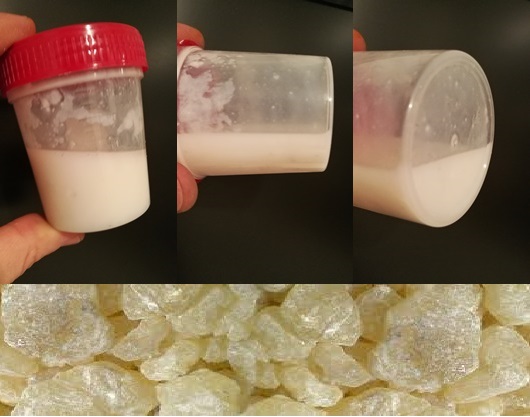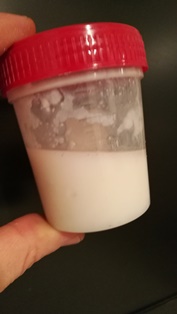Damar, also called dammar gum, or damar gum, is a resin obtained from the Dipterocarpaceae family of trees in India and East Asia, principally those of the genera Shorea or Hopea (synonym Balanocarpus). Most is produced by tapping trees, however, some is collected in fossilised form from the ground. The gum varies in colour from clear to pale yellow, while the fossilised form is grey-brown. Dammar gum is a triterpenoid resin, containing a large number of triterpenes and their oxidation products. Many of them are low molecular weight compounds (dammarane, dammarenolic acid, oleanane, oleanonic acid, etc.), but dammar also contains a polymeric fraction, composed of polycadinene).
Damar is used in foods, as a clouding or glazing agent, and in incense, varnish and other products. Dammar varnish, made from dammar gum mixed with turpentine, was introduced as a picture varnish in 1826;[2] commonly used in oil painting, both during the painting process and after the painting is finished.
Damar crystals are also dissolved in molten paraffin wax to make batik, to prevent the wax from cracking when it is drawn onto silk or rayon.
Damar crystals are dissolved into beeswax with pigment added to harden it in order to make encaustic paints.
Damar resins were often used in the past to caulk ships, frequently together with pitch or bitumen.
The name dammar is a Malay word meaning ‘resin’ or ‘torch made from resin’.
There are two further types of dammar, besides the gum:
Mata kucing (‘cat’s eye’) is a crystalline resin, usually in the form of round balls.
Batu (‘stone’) is stone or pebble-shaped, opaque dammar collected from the ground.
Damar rubber is soluble in White Spirit, aromatic solvents and turpentine.
After a careful series of laboratory tests, we have ascertained that Dexcel SL 70, SUBSTITUTES OF KETONES, ACETATES AND AROMATICS, is able to dissolve the Damar resin and to improve the safety conditions while maintaining a rapid speed of evaporation. No resin precipitations were found once dissolved.



